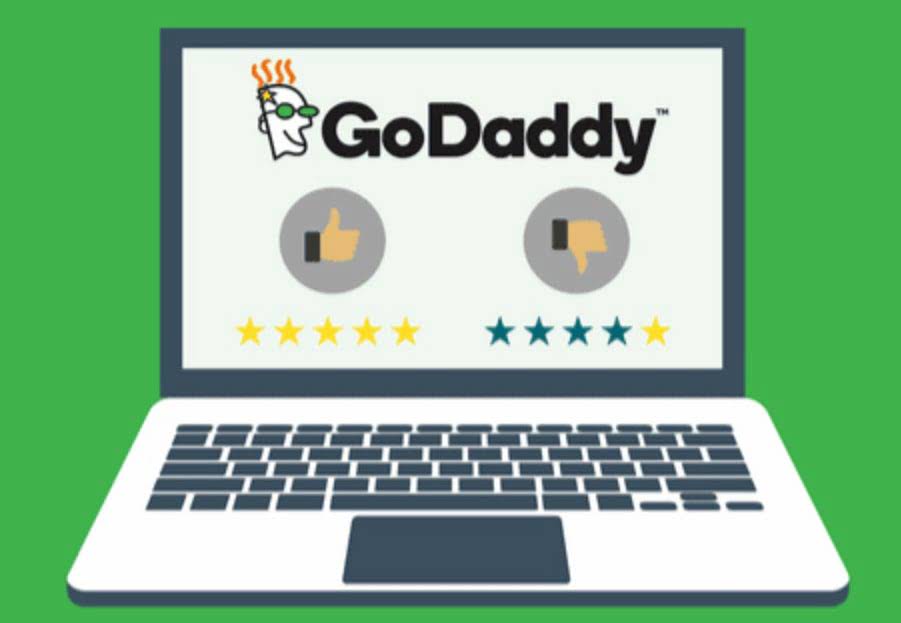
Expenses are generally categorized as operating expenses or non-operating expenses. There is no set amount of budget categories that you need, and the right amount types of expenses for you will depend on your financial goals. Once you know what your average spending looks like then it’s just a matter of adjusting your budget categories so your spending is aligned with your goals. Operating expenses consist of the cost of sales, fulfillment, marketing, technology and content, general and administrative, and others. Insurance cost is not capitalized in the balance sheet because it is a recurring expense that is necessary to preserve rather than enhance an asset’s usefulness. Repair and maintenance expenses help to keep the assets of a business in good shape.
What is the best way to classify expenses within a company’s accounting system?
Strategic bookkeepers provide real-time financial intelligence, track key performance indicators (KPIs), and ensure businesses remain audit-ready and investor-friendly. By leveraging advanced bookkeeping services, businesses can enhance profitability, improve budgeting, and navigate tax compliance with greater confidence—all without hiring a full-time CFO. They often occur monthly and include bills such as rent, mortgage or car payments. These types might include HOA payments, insurance payments and professional association dues. No matter how often you pay fixed expenses, their regularity can make them easier to budget for.

Financial Reporting
Yes, a salary is considered an expense and is reported as such on a company’s income statement. The IRS has a schedule that dictates the portion of a capital asset a business may write off each year until the entire expense is claimed. The number of years over which a business writes off a capital expense varies based on the type of asset.
Prospective (Avoidable) Costs
- As the diagram above illustrates, there are several types of expenses.
- These contracts can protect against unexpected repair costs and ensure equipment reliability.
- In accounting, costs refer to the money spent to acquire business assets with a useful lifespan, such as machines.
- There is no set amount of budget categories that you need, and the right amount for you will depend on your financial goals.
- Expenses form an integral part of an income statement, as they are subtracted from revenues to realize the net profit or loss for a particular period.
- Relevant cost – cost that will differ under alternative courses of action.
Examples of provisions are provisions for doubtful debt, provisions for bad debt. An explicit cost is one that has occurred and is clearly reported in accounting books as a separate cost. The printing machine would yield an income of 30,000 per annum while the photocopier would yield an income of 20, 000 per annum. An organisation that aims to maximise its profit would use the available amount to purchase the printing machine and forgo the income expected from the photo copier. Therefore, the opportunity cost in this case is the income forgone by the organisation, i.e., 20, 000 per annum.
Get the week’s best financial automation content.
Just take your main categories and break them down into smaller ones. You could have 10 subcategories under one main group, or (for example) categorize all of your food expenses in one category but have one subcategory for coffee shops. The good news is, you can make your budget categories list as simple or detailed as you like. As long as all of your expenses are accounted for and it makes sense to you, then your budget categories list should suffice. It’s important to consult a professional tax advisor to learn about what expenses are deductible and not deductible in your or your company’s situation. This is because the business is not paying such taxes out of its own resources but from the income that is withheld https://www.bookstime.com/articles/how-to-calculate-estimated-taxes from others.

- They’re like the flexible part of a budget that fluctuates with business activity.
- These costs complicate cost analysis but can be separated into their fixed and variable components through statistical methods like regression analysis or the high-low method.
- Visualize the way your money moves, and move your business like an expert.
- Although child care is considered a fixed expense, the cost can vary in certain situations.
When cash basis of accounting is used, the rent expense for an accounting period is equal to the rent paid during an accounting period. Although these are withdrawals from the business by the owner for Personal use yet they are not categorized as normal business expenses. bookkeeping However, they are shown in the cashflow statement and reduce the owner’s equity in the statement of financial position. Taxation is an expense your business cannot avoid except in cases where you have a tax credit, incurred loss or your business is tax-exempt. For small businesses whose revenue is less than 1 million, the tax rate is 20% for the first 5 years but others pay 30% of their operating profit after deducting all finance cost as tax.

They not only oversee the bookkeeping process but also provide insights that aid in strategic planning. The accountant ensures that expenses are categorized appropriately, which helps in identifying deductible expenditures, thereby reducing the business’s taxable income. The accountant’s expertise is also essential during audits and when ensuring compliance with regulations. Bookkeeping, by its nature, involves meticulous record-keeping to track all financial transactions of a business. This involves assigning every expense to a predefined category that makes sense for the business and complies with accounting principles. Well-organized records can streamline tax preparation, facilitate audits, and provide a clear view of the business’s financial health.
Monthly expenses to include in a budget

This works best if all of your bills are paid at the beginning of your budget period, and you’re disciplined with setting some aside for savings. This simple spending approach gets its name from the discipline of saying “no” to overspending. It relies heavily on having a heightened awareness of your bank account’s activity. The basic premise is knowing what funds are available in your account for discretionary expenses, and not spending any more than that.
